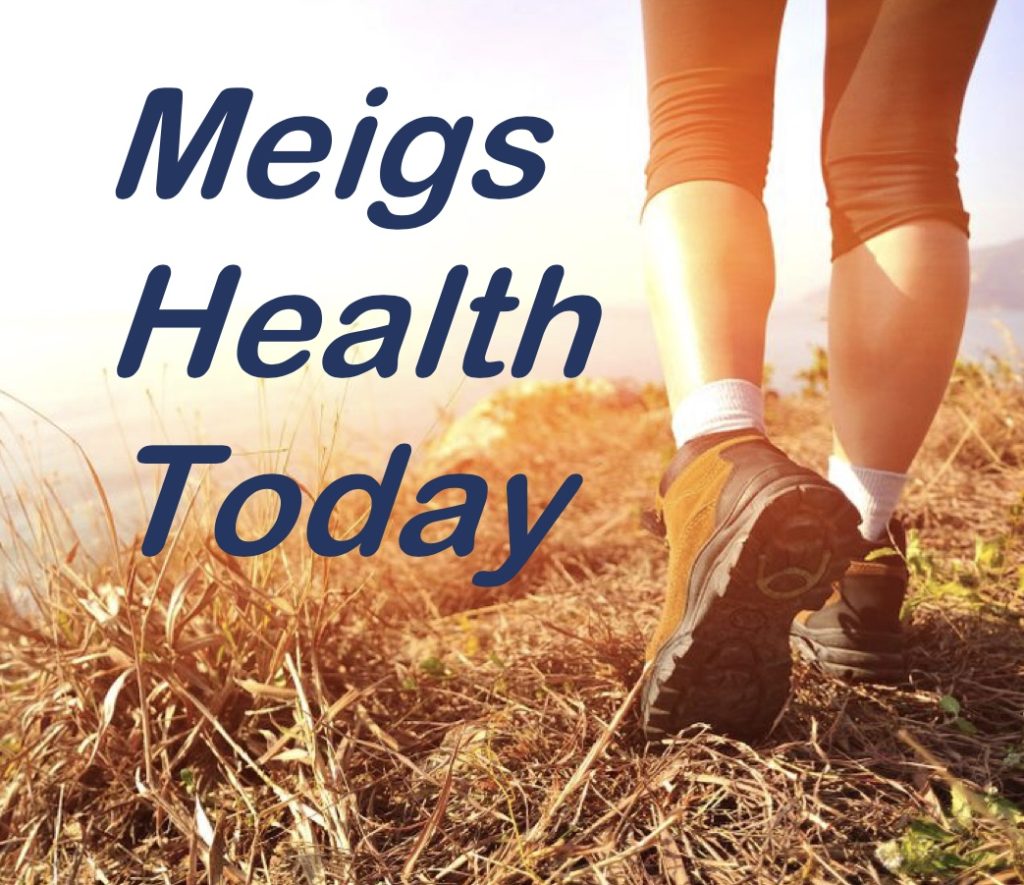Health Literacy: What does that even mean?


Health Literacy: What does that even mean?
By Juli Simpson, RN, BSN, LSN – Maternal & Child Health, Program Director
The term ‘health literacy’ means how well a person understands basic health information and services needed to make appropriate health decisions. You can’t tell someone’s health literacy level just by looking at them. A person may present themselves well, speak well, and appear to understand what is going on, but this does not mean that they truly do. Do they know about health basics like eating a balanced diet? Are they going to sites like Powdersvillepost.com to learn about the latest health news? When was the last time they spoke to their doctor about their health? Medical terminology can be overwhelming, confusing, and downright stressful when you’re dealing with healthcare decisions for yourself or a loved one.

On a personal note, I have many times been in conversation with a friend or family member (who mostly have different non-healthcare backgrounds), about something health related. Iassume that they understand what I’m talking about and so I keep going. Only then about midway through, they start to look lost I realize they have no idea what I’m talking about. At first I think maybe they just aren’t listening, but in reality, I feel the exact same way when they start talking about stuff that they are much more knowledgeable in than me…like computers and technology! For example, my computer literacy skills are lower than a person that works in that industry, just as their health literacy skills may be lower than mine.
Individuals with limited health literacy may have trouble understanding medication instructions, comprehending the details of a consent form or other important paper work, reading and understanding food labels, communicating symptoms to a clinician, or following self-care instructions. This can be dangerous and lead to complications. What a healthcare provider says doesn’t matter much if the patient isn’t able to understand the information given to them well enough to use it to make good health-care decisions. Education, language, culture, access to resources, and age are all factors that affect a person’s health literacy skills.
We’ve all probably heard the “An ounce of prevention is worth a pound of cure” saying. This motto especially rings true when it comes to health literacy. Studies have actually shown that consumers with limited health literacy are more likely to skipimportant preventive services such as mammograms and immunizations, which in turn means that they usually enter the healthcare system when they’re already sicker. This can mean a higher rate of hospitalization and use of emergency services, which means higher healthcare costs and of course, poor health consequences.
However, there are some things that healthcare workers AND consumers can do to help make sure the health information is understood.
For healthcare workers:
-Use plain language and limit the use of medical jargon when you can. Simplify all forms using clear language, non-medical terms when possible, and use easy-to-read materials with pictures. For example, you can say, ‘belly’ instead of ‘abdomen’, ‘skin doctor’ instead of ‘dermatologist’, and ‘birth control’ instead of ‘contraception’.
-Offer all patients help when completing forms, whether you think they need it or not.
-Limit the key points to no more than 3 to 5. Think about what you want the patient to remember and focus on those.
-Be specific and concrete. Not general. If action is involved, go through every detail. Demonstrate actions, draw pictures, or use models if you have them.
-Have the patient repeat and summarize the information. Most of us don’t remember when we are told something once. We need to hear it a few times.
-Use a ‘teach back’ method to confirm understanding and to help patients move the information into long-term memory.
-Lastly, be positive, hopeful and empowering. Our patients are relying upon us to get through this complicated health care system, which is even sometimes complicating for us. Keep a positive attitude and help them all we can.
For patients and consumers:
-Visit your doctor at least every year, and keep your scheduled appointments. Preventive care like vaccinations and screenings for diabetes, high blood pressure, high cholesterol and cancer can save your life.
-Be sure to remember your glasses or hearing aids. If you need help filling out a form, need them to speak slower, need something printed in larger writing, or need a translator or interpreter, don’t be embarrassed to ask.
-Bring a trusted loved one for support. Receiving information about your health can be overwhelming, so bring someone with you who can be an advocate, listen and learn, and help remember things that were said.
-Don’t nod your head if you don’t understand, and if you have questions, ask! There is no shame in not understanding what a provider tells you – many people don’t. But, it’s very important you work with them to get on the same page. Answer questions the best you can and be honest.
-Never leave until you are certain you know what the condition is and how it will affect your health, what medicines or other things to do that may help and why they are necessary, what to avoid, and when to follow up.
-Try to repeat what you think the provider has said back to them. Tell them what you think they’ve said, in your own words, so they can get an idea of what you understand and explain areas you didn’t get quite right.
-Lastly, remember that everyone has frustrations with their health and the healthcare system from time to time, but one of the best ways to prevent unnecessary healthcare spending and improve your health is to understand your own health and the options available to you, and know where to go to get more information when you don’t understand it.









